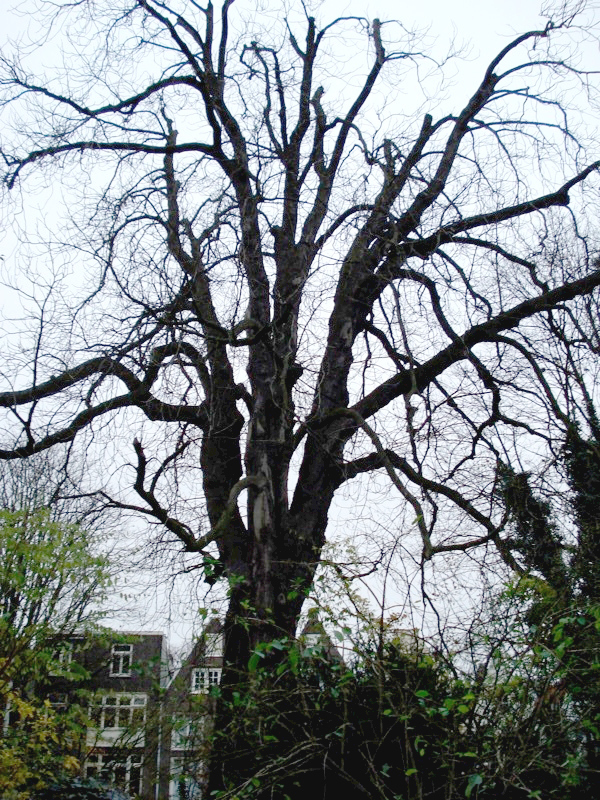Horse Chestnut : 15 Minutes of Fame
The most famous horse chestnut tree was probably in Amsterdam, outside of the house than Anne Frank and her family hid from the Nazis in. It was one of the few signs of nature visible to her during her two years of hiding. The tree was mentioned in her diary three times, and it often served to cheer her up. In August of 2010, the tree, estimated to be over 170 years old, was knocked over in a storm.
It is also believed that, when Lewis Carroll was writing Alice in Wonderland, he was sitting in the dean’s garden of Christ Church College in Oxford, England, and saw a horse chestnut tree. He imagined a cat lazing among the branches, and thus, the Cheshire Cat was born. (Chestnut, Cheshire; get it?) It is also thought that this horse chestnut tree was where Carroll saw Alice Liddell playing.
Lastly, some people say that conkers helped win the First World War. In 1915, the British were running short on shells, because they couldn’t produce the acetone needed to make the shells. Previously, acetone was made almost entirely from the dry distillation of wood. But Britain was a small country, and didn’t have enough wood to make the quantity of acetone needed. Chemist Chaim Weizmann showed that acetone could be produced from starch, commonly found in potatoes and grains. But since the British needed all its food to feed the population, Weizmann was asked to find another source of starch. He began experimenting with conkers, because he knew how widely abundant they were. When he discovered that the acetone yield was sufficient, the British government sent out a call for all schoolchildren to collect and turn in as many conkers as they could get their hands on. Even though horse chestnuts didn’t turn out to be a viable source of acetone, some people still believe that they should have their place in the history books.

